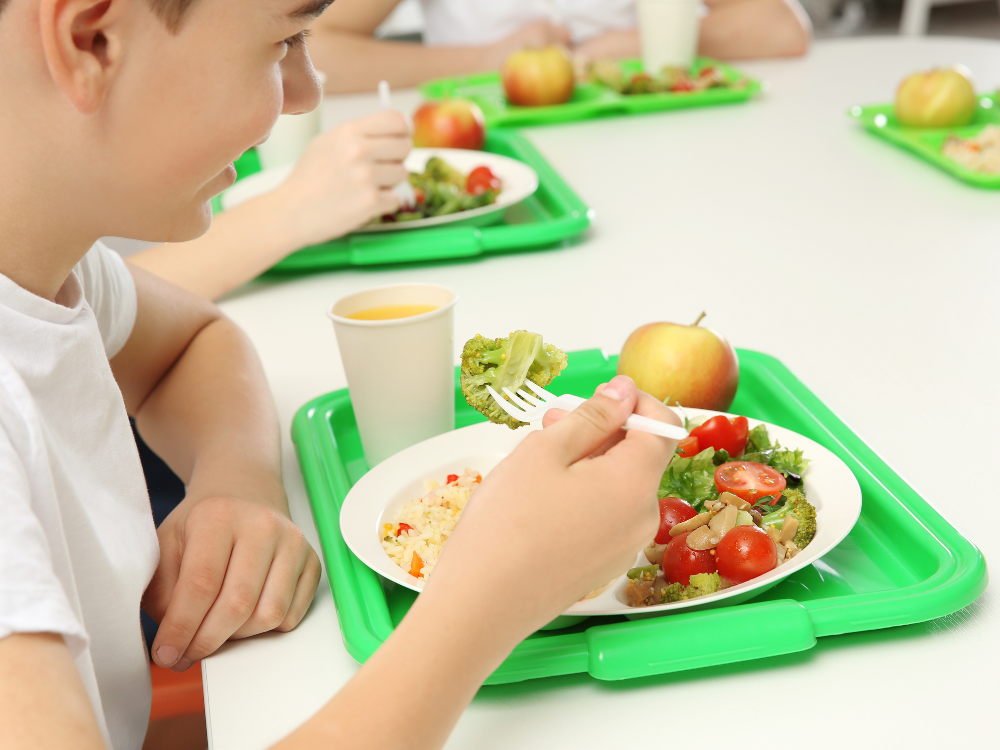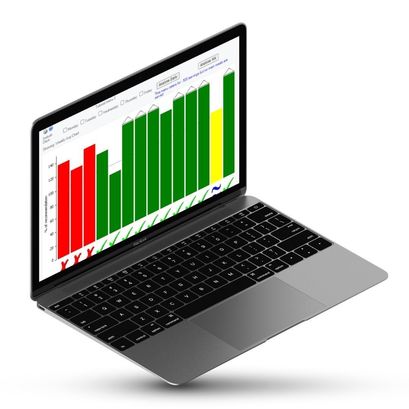Delivering an adaptive school meal service
Natasha’s Law has taught us that the education catering industry is not immune to legislative changes. School catering and meal delivery has faced numerous adjustments over the years. From introducing, removing, and re-introducing nutrition standards to innovative technological advancements, school catering professionals have continued to adapt to continuous improvements to school food regulations.
As nutrition and allergen regulations evolve alongside advancements in school meal solutions, finding a simple way to adapt to these changes is crucial. Adapting ensures that pupils access healthy school meals whilst staying ahead of the curve and offering an adaptive school meal service.
Changes to school meal provision
In just the past few years, how pupils order and receive school lunches has changed significantly. When faced with school closures and challenges in providing pupils eligible for free school lunches with healthy meals, industry professionals collectively prepared food parcels for pupils who otherwise claimed free school meals.
During the first lockdown, Zane Powles, the Deputy-Head teacher at Grimsby’s Western Primary School, went as far as hand-delivering more than 7,000 meals to pupils across Northeast Lincolnshire. Zane walked more than five miles daily to ensure pupils received nutritious food packages during school closures.
During school closures, many establishments began to offer new grab-and-go technology, transforming the school lunch experience. Whilst school parcel provisions were temporary, new technological innovations over the past few years are here to stay. They have proved valuable to thousands of UK schools in adapting and improving their lunch service.

Grab-and-go food service
Implementing new technologies has enabled schools to improve how pupils order, collect and pay for lunches and improved school menu planning and implementation. Before COVID-19-related school closures, West Lothian Council schools used cashless catering and online payment solutions at the point of sale and increased their software offering to help safely re-open schools.
The council implemented CRB Cunninghams contactless cards and launched the Fusion Online pre-order app to enable pupils to browser school catering menus and order lunches directly from their phones. Implementing this software helped the council remove physical transactions from the dining hall and offer a contactless identification method for pupils.
By enhancing the council’s school meal provision and finding simple but effective solutions to ensure pupils could easily order and access school meals, West Lothian schools were able to benefit significantly from the adaptive lunchtime service, both during and beyond the pandemic.
“The service enhancements we have implemented have been key in us being able to facilitate the return to school as safely as we could.” Jamie Fisher, Facilities and Support Services Manager, West Lothian Council.
Changes to food standards in recent years
In the past 20 years alone, school food standards have undergone significant transformations, significantly improving the nutritional quality of food served to pupils. In 2005, school meals came into the spotlight for the wrong reasons when chef Jamie Oliver criticised junk food served in school canteens, prompting Oliver to launch his Feed Me Better campaign.
Oliver’s campaign sought to highlight to parents the type of food served to pupils and encourage schools to introduce healthier lunch options.
On a legislative level, statutory regulations for school meals came into effect in 2001, outlining minimum nutritional standards for school meals. These regulations restricted foods high in fat, sugar and sodium whilst requiring that schools serve at least one food from each of the main food groups daily.

The same year, the Department of Health and the Department for Children, Schools and Families launched the Food in Schools Programme, which included an initiative to encourage UK schools to implement a whole-school approach to healthy eating.
Since then, food regulations in schools have undergone various improvements and updates, including new standards for school food from 2006 up to 2009, with mandatory guidelines on nutrition content in school food.
Comparing food served in canteens today compared to recent years proves how far school meals have come regarding nutrition and quality. In the 90s, Turkey Twizzlers and pink custard were a staple on lunch menus. Today, with stricter guidelines, typical school lunches include tuna pasta bake and vegetable curry, with limits on salt, sugar and saturated fats.
Providing an adaptive meal service
Over 15 years ago, West Lothian Council implemented Nutmeg nutritional analysis software to analyse school meal menus. Since then, the system has become a crucial tool for adapting its schools to changing nutrition and allergen guidelines.
One tool within Nutmeg utilised by West Lothian Council is the Nutritional Analysis function. Nutritional Analysis provides an overview of the dietary components of menus created at a glance, e.g., carbohydrates, fibre and vitamin C content, highlighting whether the menus meet the nutrition guidelines for each nutrient.
“With evolving food standards, Nutmeg enables council staff to plan healthy menus in line with government nutrition guidelines whilst allowing us to cater to specific allergen and dietary requirements with ease.
Nutmeg updates the system whenever school food guidelines change, ensuring that recipes and menus abide by the new rules.” – Jamie Fisher, Facilities and Support Services Manager at West Lothian Council.

Food standards and allergen regulations in schools will continue to evolve, ensuring pupils access safe, nutritious meals to improve their overall health and school experience. It is vital to ensure that establishments, from multi-academy trusts to councils and individual sites, have the tools and knowledge to adapt to these changes before they take place.
By offering an adaptive meal service, schools can continue to look for ways to improve their meal service and provide pupils with the nutritious meals they deserve.
Book a free demo to learn more about Nutmeg and see how the innovative nutritional analysis solution can benefit your establishment.






